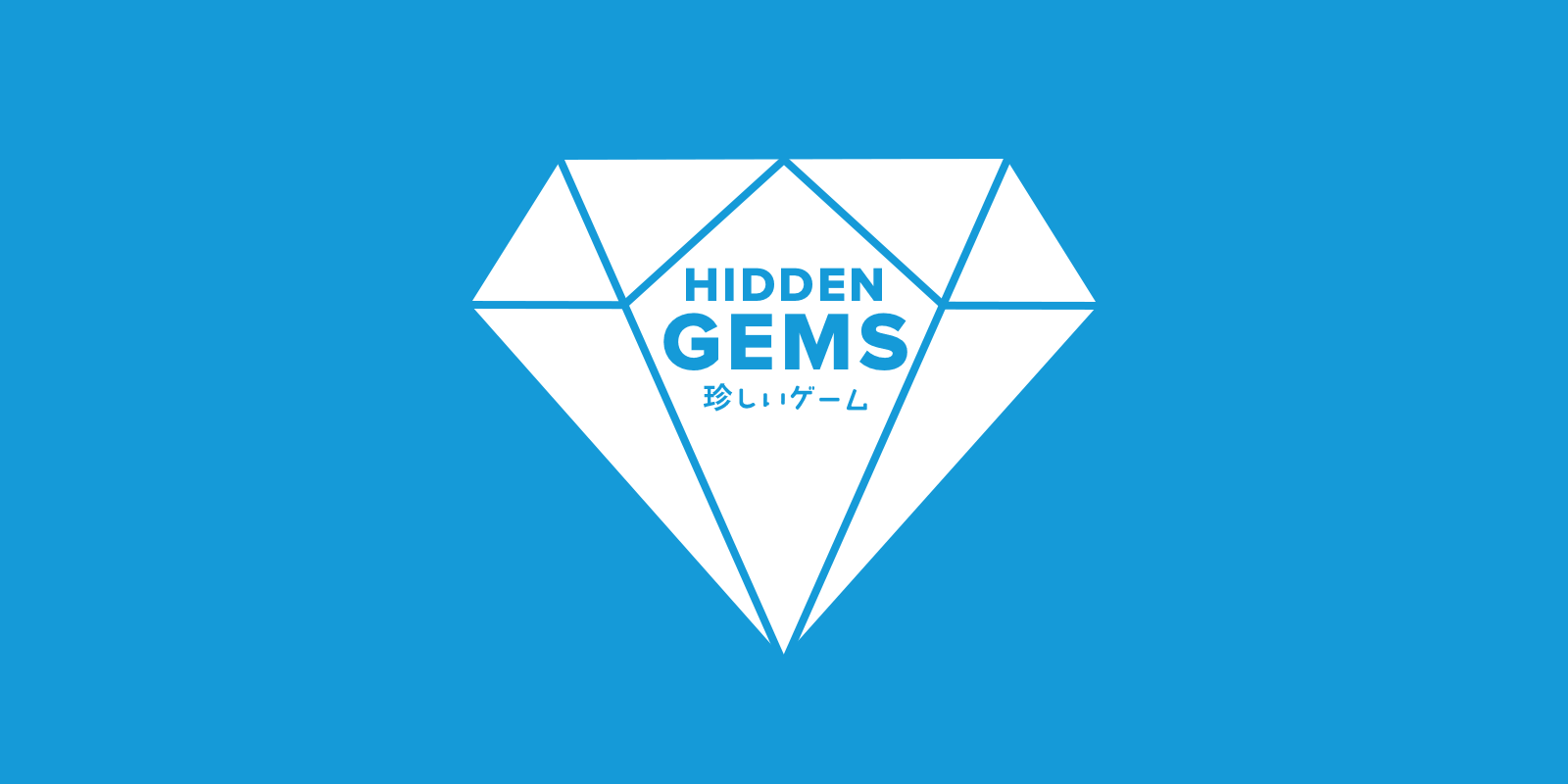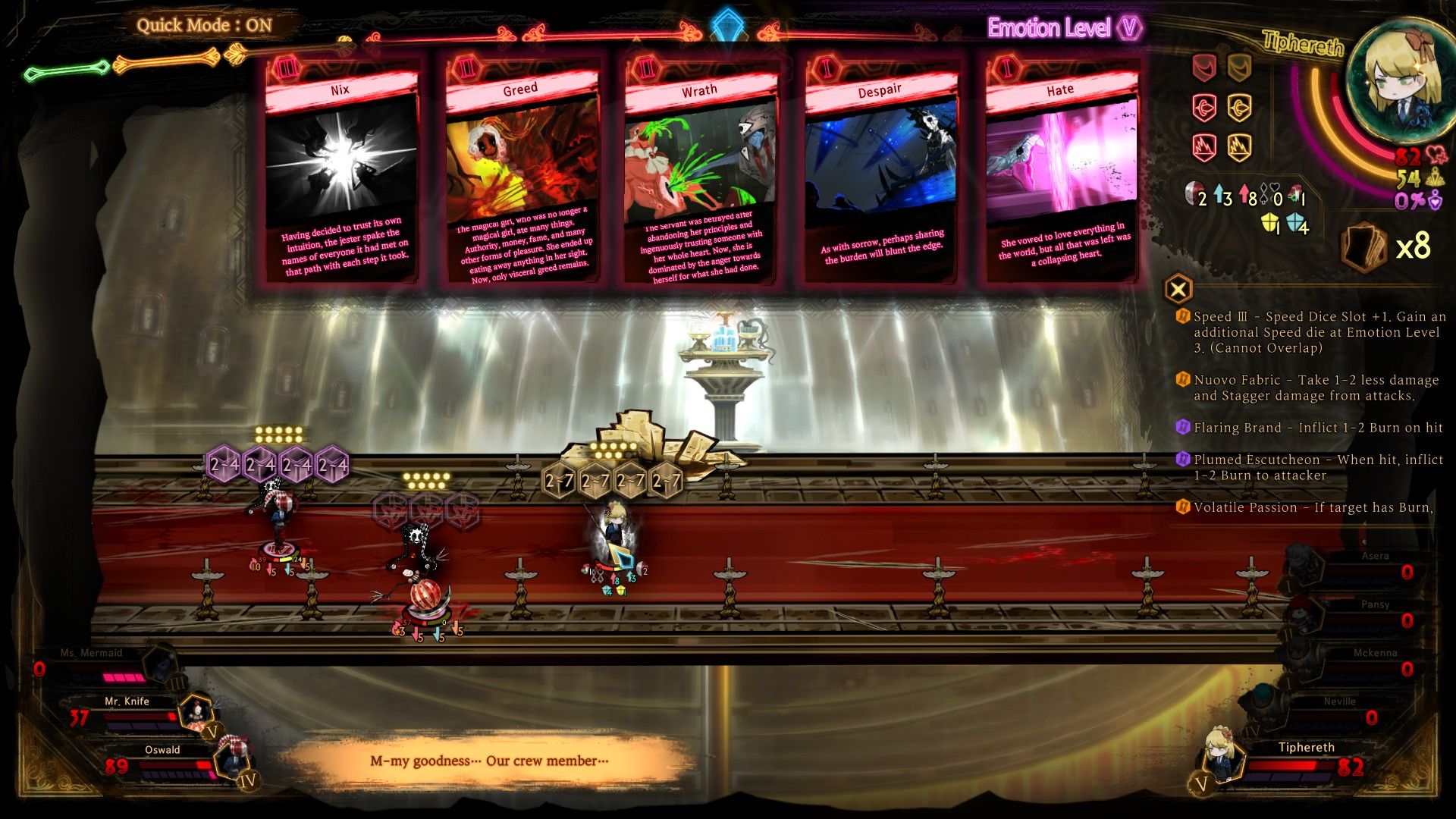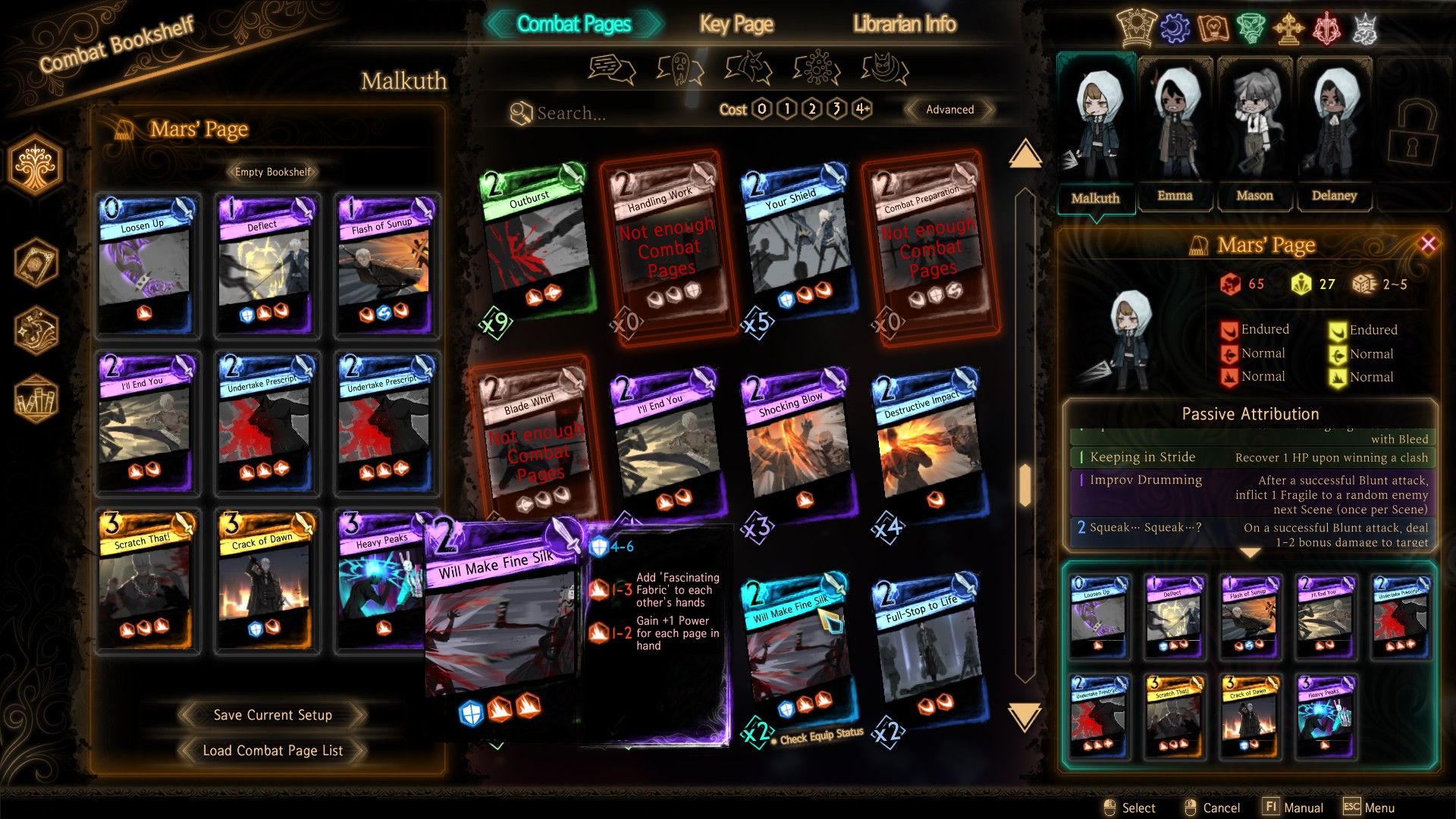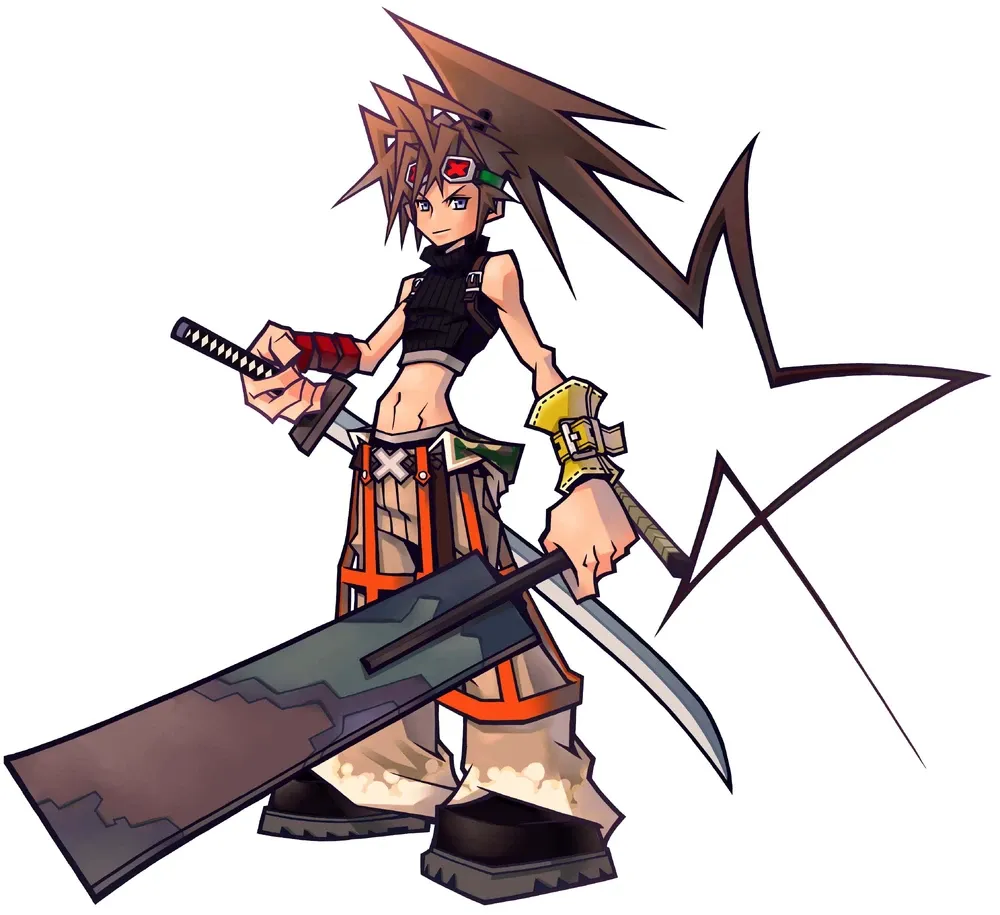Hidden Gems of Game Design: Volume 10
From 2021 to 2002, there's a time and style for everyone this month

There are plenty of amazing games that go unnoticed and are not widely played for one reason or another. Maybe it's a diamond in the rough, or the marketing wasn't there, or it could be a game ahead of its time. For this monthly series, I've asked my fellow writers on SUPERJUMP to pick a game they think is deserving of a chance in the spotlight. Let us know your favorite hidden gems in the comments.
Josh Bycer
Library of Ruina (2021)

With Limbus Company now out from Project Moon, I think this is a great time to talk about one of the best games from 2021 that everyone missed out on. Library of Ruina is the sequel to Lobotomy Corporation, one of the most interesting, and difficult games I’ve played in some time.
Library of Ruina focuses on visual novel storytelling with some of the most out-there and challenging deck building you’ll see from the genre. Our story takes place in “The City”, a dystopian future where every district is its own personal horror story and I don’t have the space here to get into the details about it.
We join Roland, a low-level fixer who finds himself in a mysterious library run by Angelia, who is tasked to “greet” patrons who come in by killing them and turning them into books. The story grows and goes into some strange and disturbing places; this is not a happy-go-lucky game. The flow of the game is that you watch a vignette showing the lives of the people that you are going to end up killing in order to further your own pursuit.
Combat is turn-based, with each character in your team drawing attack and defense cards from their own personal deck of nine total cards. The cards are broken down by chapter, with later chapters having stronger cards and different rarities. You get new cards by turning characters into books and then “burning” them for a random draw. Random perhaps, but every book type has a fixed number per card that it will drop, so you will always get everything eventually. The depth comes with matching character pages, that transform the character and have their own unique passives, to the cards you want to equip on them. There are several game-breaking strategies that are fully supported by the developers for you to use if you want.

The game keeps with Project Moon’s modus operandi – something that starts off laughably easy but soon turns into a challenging ordeal not seen before in the genre. As you play through the main campaign, you will unlock fights with monsters known as abnormalities that take the RPG and deck building and turn it into a puzzle. You are given the passives for every enemy encounter before starting the fight to build a proper strategy against it. One enemy may punish any debuffs inflicted on it, another one may only allow you to hurt it after specific conditions are met. In one fight, you have an NPC on your side of the field that must deliver the finishing blow on the boss… or else. This evolves to the game’s actual boss fights, with some of them having up to 6 individualized phases to go through.
And then there’s the music. Some people like to joke that Yostar (the developer of Arknights) is a music company first, a game developer second, with the amazing soundtracks they put out for the game. With Project Moon, they have made some of the best OSTs I’ve ever heard from a studio. The fact that Library of Ruina didn’t win the best soundtrack or score in 2021 from The Game Awards still hurts me to this day. Their collaborations with music studio Mili have led to some amazing songs for their games.
What hurts the game’s marketability in my opinion is that it can be very grandiose at times. Some story segments are longer than the actual battles that follow them. The difficulty of these games has been described as a “vertical wall” at times, and this game has a good 10-15 hour long "finale" if you're going after the true ending.

The successes of their titles have propelled the studio in recent years, and Limbus Company is looking like it will be another winner. If you’re looking for a meaty, challenging experience, then Library of Ruina and the rest of their games are easy picks.
Nathan Kelly
Musashi: Samurai Legend (2005)

Grand Theft Auto: San Andreas, God of War, Resident Evil 4, Shadow of the Colossus, Psychonauts, Ninja Gaiden Black, and Guitar Hero. This was what owning a PlayStation 2 in 2005 most likely looked like to the average player as they scanned through new titles (myself included). But if you were a fan of the art of Tetsuya Nomura or followed Square Enix at the time you would have perhaps picked up a game called Musashi: Samurai Legend. Known in Japan as Musashiden II: Blade Master, the game served as a sequel to Brave Fencer Musashi on the PlayStation. Having a story that was seemingly disconnected from the first, here Musashi is summoned as a hero into another world to save shrine maidens from an evil corporation.
This is the type of video game that you think about when reminiscing about the early 2000’s. Back when a generic video game could sell copies by looking cool. However there was a lot that Musashi: Samurai Legends mixed up to differentiate itself from other combat platformers. It introduced a skill stealing system that let you used enemy attacks if you parried them, something I would love to see implemented in new games today. It also features environments in Nomura's fun anime aesthetic, and despite how cheesy it is, I find the voice acting kind of endearing as it reminds me of a lot of AA games I used to play on the PlayStation 2 as a kid.
This game is not bad. In the game's original IGN review, Ed Lewis’s takeaway criticism was that “Everything about the game is just too slow and too repetitive and too awkward to hold your attention.” I would agree with his statement here in that the game is a slow, awkward, and repetitive. However, I would argue that it isn’t like this the whole time. Musashi: Samurai Legends, despite its rough beginnings, contains a second half that gave me much-needed momentum that propelled me to the final boss. This section includes diversified areas, new enemy variants with skills to steal, and boss encounters inspired by anime that played to the game's strength in rewarding the player's use of earned skills and timing. The story reaches a climax that feels natural for its goofy premise and left me forgetting about the four hours toiling in a very unlikable mine to get to the good part of the game.
I would say that the second half of this game is a hidden gem. If you can stomach a few hours of questionable gameplay and are a fan of Tetsuya Nomuras art style (specifically The World Ends With You) then you could find worse ways to spend ten hours of free time.
Antony Terence
Army Men: RTS (2002)

The rise of videogame remakes and adaptations in 2023 means nostalgia remains a powerful force in media. This was just as true two decades ago when art mimicked its successful comrades to set ablaze yearnings long forgotten. A strategy game about a miniature company of plastic heroes fighting across homes and toys sounds like a dream for kids from the 90s. Army Men: RTS did just that to seize my little heart when I discovered it on a dusty desktop at my aunt’s home.
But sometimes, familiarity can be a trap. You fall in with expectations only to learn that you have outgrown them. That’s how I felt as I looked up reviews on this 2002 title. Its critical reception was lukewarm, owing to its simple plot, basic graphics, and dull gameplay.
But in primary school, handling two resources (plastic and electricity) and a “green guys shoot the maroon guys” plot allowed me to fill in the gaps with brave last stands and heroic escapes. The absolute best part? Losing units just meant they were turned into plastic that could be recovered. Talk about literally giving your body to a cause.
The level design remains a core memory of mine decades later, with mini-wars happening across kids’ bedrooms, lawns, and washrooms. Props like scattered toys and the occasional floppy disk (remember those?) lent Army Men: RTS a sense of style quite unlike any strategy game I’ve played.
Being able to scavenge these items for parts only added to the game’s charm. Plastic and electricity were both obtained from household objects strewn across the game's playing fields. A squad ducking under a skateboard as they provided covering fire? Incredible. The game also featured a simple unit counter system, rewarding you for picking the right army composition. While I take these interconnected systems for granted today, they fascinated me as a kid.

The transition from parading my plastic soldiers alongside toy animals to a videogame featuring the same lads in green felt incredible. This wacky reunion made me see past its flaws. I can understand why Pandemic Studios opted for fan service and simple mechanics over catering to hardcore strategy fans. Building units, upgrading them, and taking them to war is a cycle any RTS fan is familiar with. But Army Men: RTS’ unique settings and resource management paired with a shot of nostalgia is well worth an afternoon. Come on, who doesn’t like plastic soldiers?


